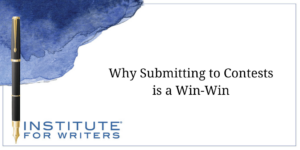
Why Submitting to Contests is a Win-Win
Should you enter a writing contest or not? If your writing rises to the top, you just might win a prize upwards of thousands of dollars if you’re lucky.
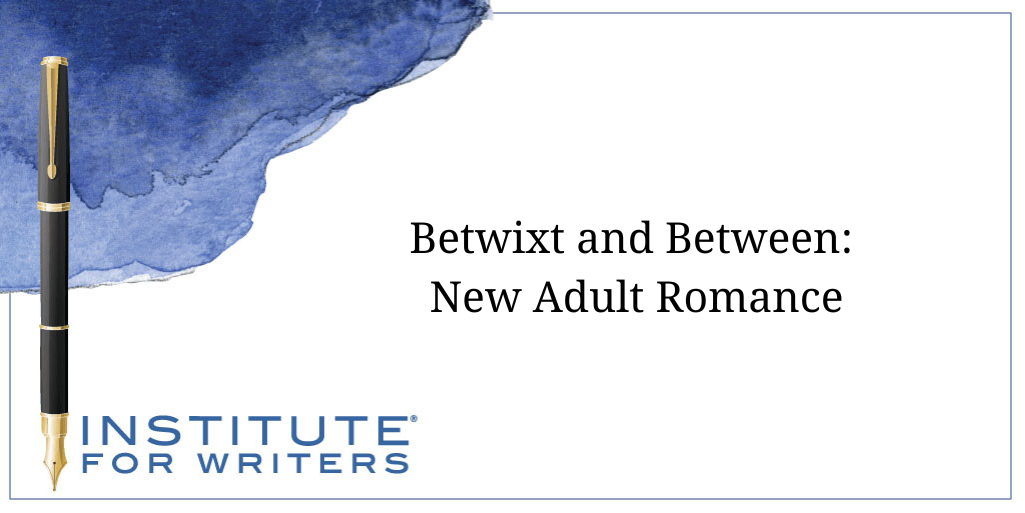
That isn’t a typo. New Adult is a subgenre of romance, a bridge between Young Adult and adult romance. It’s been around for a little over a decade.
You’ve never heard of it? If you like books by Colleen Hoover, then you’ve read New Adult romance without realizing it.
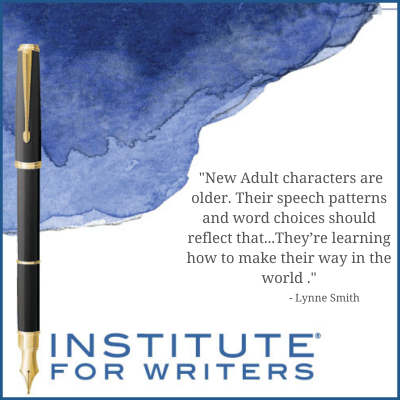 St. Martin’s Press created the term—but not the genre—in 2009 when it launched a contest “actively looking for great, new, cutting-edge YA with protagonists who are slightly older and can appeal to an adult audience.”
St. Martin’s Press created the term—but not the genre—in 2009 when it launched a contest “actively looking for great, new, cutting-edge YA with protagonists who are slightly older and can appeal to an adult audience.”
Writers created the genre, many of them self-published. Their novels featured characters about their age, twenty-somethings, dealing with the same issues and conflicts they faced in their lives.
Readers bought and read them like crazy, thereby creating New York Times and USA Today bestsellers. That’s when publishers took notice and started signing New Adult authors to contracts.
The novel that drew me into New Adult romance is Fangirl by Rainbow Rowell. St. Martin’s Press published it as a YA in 2013, four years after their contest. Here’s the description from the inside flap of the hardcover edition: “A coming-of-age tale of fan fiction, family, and first love.” Our oldest grandson writes fan fiction, so I thought I’d give it a try.
The story begins with the main character Cath and her twin sister Wren heading off to their first year of college. Cath writes fan fic about Simon Snow, a Harry Potter-like character. When the sisters arrive at the University of Nebraska, Wren dumps Cath and rooms with a party girl in a different dorm. Their fragile single dad has a breakdown. Wren lands in the hospital with alcohol poisoning. That’s when Cath sees her mother for the first time in ten years. Laura wants back into her children’s lives. Wren has already let her in. Cath wants no part of her.
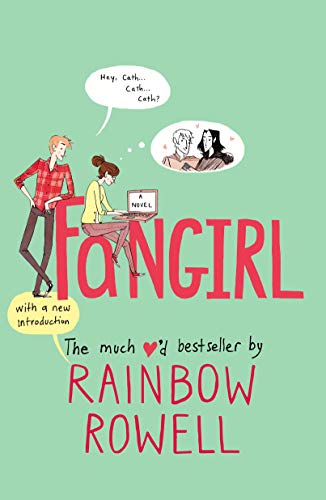 That’s only about half the plot. Around page 120 I realized this was the most grownup Young Adult I’d ever read. Coming of age is a flag that flies above most YA novels. A dysfunctional family is almost mandatory, along with first love and broken hearts. Fangirl has all those things.
That’s only about half the plot. Around page 120 I realized this was the most grownup Young Adult I’d ever read. Coming of age is a flag that flies above most YA novels. A dysfunctional family is almost mandatory, along with first love and broken hearts. Fangirl has all those things.
It also has Cath and Wren “parenting” their dad, a mom who left because she can’t deal with emotion, and themes like self-doubt, loneliness, finding your place in the world, and peer pressure. All are handled with greater depth, sensitivity, and humor than I’d ever read in a YA. A lot of that has to do with Rainbow Rowell’s superb writing.
I don’t know, of course, but I’d bet a Hershey bar with almonds that St. Martin’s marketed the book as New Adult fiction to all the New Adult readers they picked up with their 2009 contest.
Does that mean Young Adult and New Adult are a you-say-tomato, and I say-tomahto kind of thing?
No. There are definite differences between them. Here are the big ones:
Young Adult is 13 to 18 years old. New Adult is 19 to 25 years old.
Above 25, and you’re pushing into adult fiction. That’s just my opinion. The age of your characters is also the majority age of your target audience.
New Adult characters are older. Their speech patterns and word choices should reflect that, especially if they’re in college or graduated and starting their first job. They’re learning how to make their way in the world so it’s time to leave eye-rolling and “Whatever” behind. I say that, but if your characters slip back into teenage slang outside of class or work, that could be an effective way to show that they’re still learning the ropes.
With notable exceptions like the Harry Potter series, Young Adult romance and most YA fiction are usually written in first person, from the point of view of your main character, who is usually female but again, see Harry Potter.
Like adult romance, New Adult is mostly written in third person, in chapters that switch POV between the couple falling in love, though I’ve read some first-person stories. A new trend in New Adult is multiple first-person points of view.
 Setting
SettingCollege campuses are popular in New Adult romance. So are first jobs, first apartments, first trip overseas, like a gap year, and anything else that works with first in front of it. First time living with a boyfriend/girlfriend, first heartbreak and recovery.
Young Adult romance is all about emotion with lots of descriptions of feelings—how your character feels, how the boy she loves madly makes her feel. If there are love scenes in the story, the focus should be on emotion, and descriptions should be age-appropriate for your target audience.
In New Adult romance, anything goes from chaste to erotic. Love scenes can be described in detail, as they are in many adult romances, though sweet and sensitive also have a place in NA, and sometimes in adult romance.
Your main character’s experience with romance can help you determine the heat level.
Teenagers swear among themselves, rarely in front of adults, and never in front of their parents unless they want to be grounded. I recommend keeping it mild in YA.
New Adults can and often do swear like sailors on shore leave. That’s a sure sign that the Young Adult guardrails have fallen off. If hardcore language is appropriate to your characters, fine. But keep in mind, especially when it comes to rough language, that anything you overuse loses its punch.
Young Adult is 60,000 words. New Adult 80,000-plus.
These days, interestingly, you can find Fangirl on Best Of lists for Young Adult and New Adult novels. That highlights the blur that’s developing between the genres and the expansion of New Adult beyond romance.
We’ll talk about that next time, along with how to write a New Adult romance that will pique an editor’s interest.
Lynne Smith, aka Lynn Michaels, is the author of two novellas and sixteen novels, three of which were nominated for the Romance Writers of America’s RITA award, the Oscar of romance writing. She won two awards from Romantic Times Magazine, for best romantic suspense and best contemporary romance. Her only complaint about writing is that it really cuts into her reading time. She lives in Missouri with her husband, two sons, three grandsons, and one granddaughter, born on Lynne’s birthday. Lynne is also an IFW instructor. She teaches Breaking into Print and Shape, Write and Sell Your Novel.

Should you enter a writing contest or not? If your writing rises to the top, you just might win a prize upwards of thousands of dollars if you’re lucky.

To many, writing is revision, and most writers revise their manuscripts numerous times before they’ve shaped it into the best version that it can be.
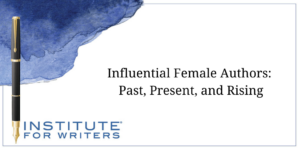
We’re going to look at influential female authors of the past, those impacting the present, and whom the industry expects to make a big splash.
1000 N. West Street #1200, Wilmington, DE 19801
© 2024 Direct Learning Systems, Inc. All rights reserved.

1000 N. West Street #1200, Wilmington, DE 19801
© 2025 Direct Learning Systems, Inc. All rights reserved.

1000 N. West Street #1200, Wilmington, DE 19801
©2025 Direct Learning Systems, Inc. All rights reserved. Privacy Policy.
1 Comment